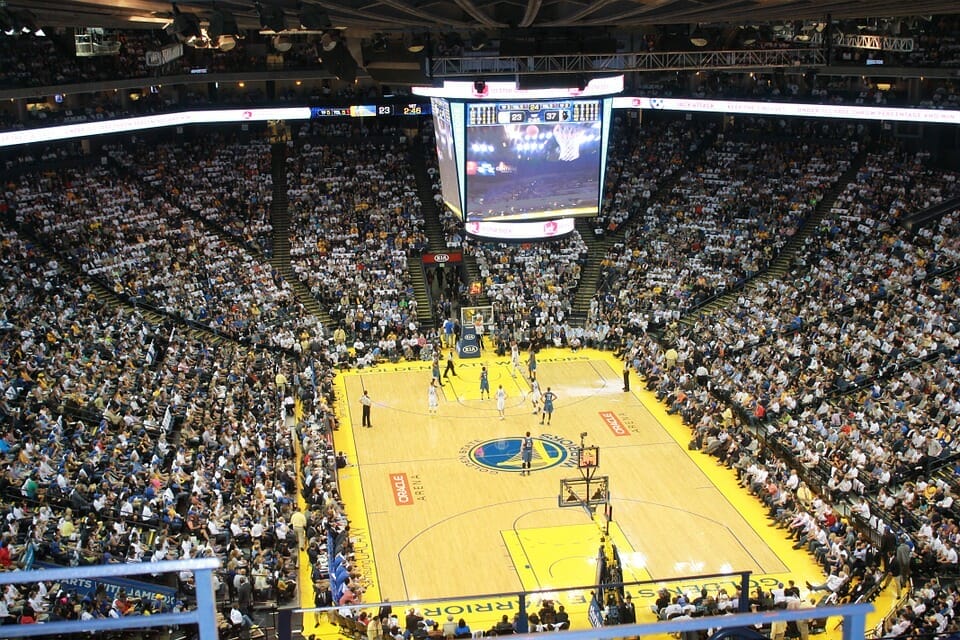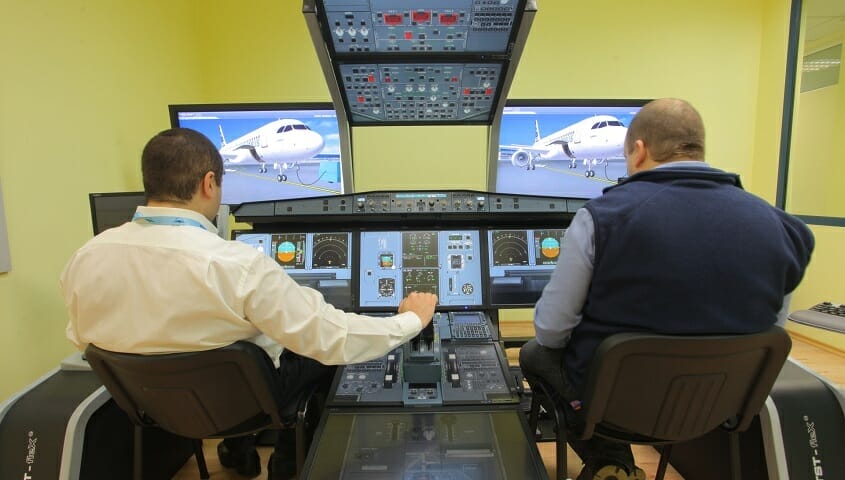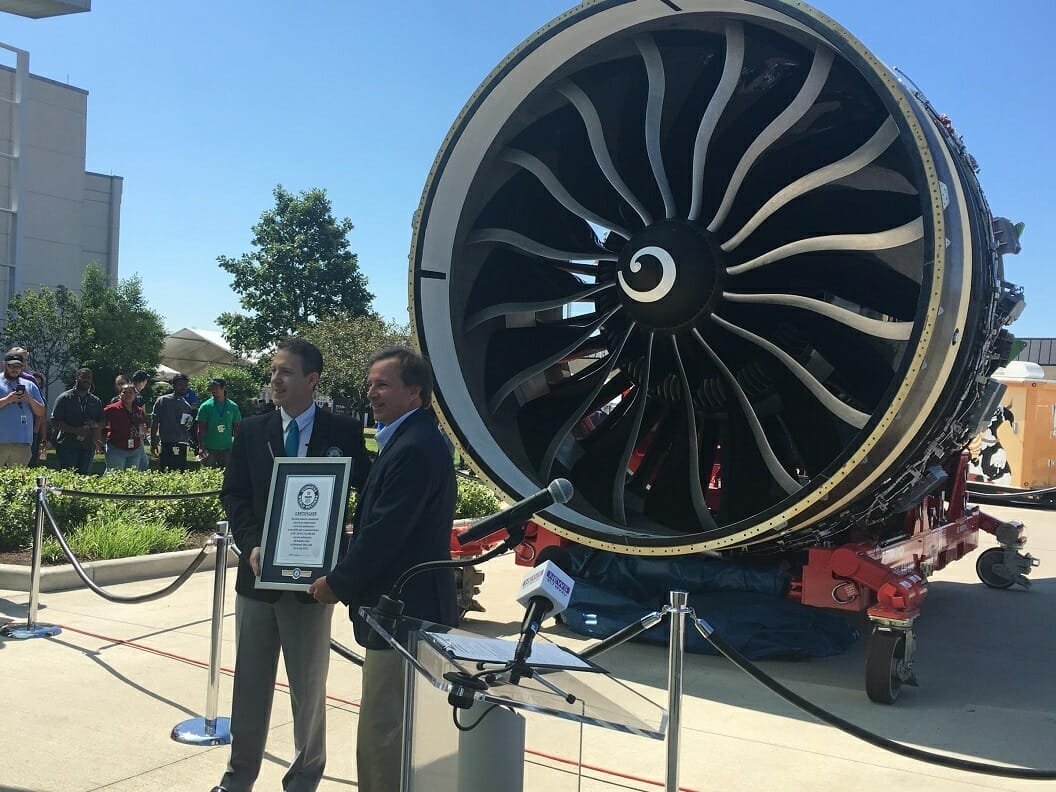Supersonic Commercial Jet
Concord was one of the engineering masterpieces of the 20th century. The British-French collaboration produced the world’s one and only long-running supersonic commercial jet, capable of speeds above Mach 1. And, for a time, it was highly successful. While the aircraft itself didn’t make a lot of money, it was a fabulous piece of advertising for the brands that used it, like British airways. The idea that you could go from London to New York in under two hours seemed other-worldly – and yet the jet aircraft made it possible.
From an engineering perspective, the Concord was interesting. The fuselage, for instance, had to be able to expand as it traveled through the air at high velocities to deal with the heat. And, unlike a conventional aircraft, the wings were swept back and the fuselage was longer and thinner than usual. Seeing it come into land was a sight to behold.
But despite the extraordinary success of the program, Concord’s days were always numbered. It wasn’t profitable because of the massive amount of fuel it required and the small passenger numbers. And there were a series of high-profile accidents that got a lot of people wondering whether going for commercial supersonic flight was a good idea. It seems like the future, but it arrived too early.

New Supersonic Craft
Now, though, things are changing. Technology has moved on, and a number of companies think that they might be able to resurrect the dream of going from London to New York in under two hours again.
Boom Supersonic, for instance, has an aircraft called the XB-1 on the testbed which it says will be able to transport people faster than the speed of sound. According to a press release, it’s the first civilian supersonic aircraft anyone has developed since the Soviets rolled out the TU-144 all the way back in 1968.
The XB-1 is the prelude to the Overture, a delta-winged aircraft that Boom Supersonic hopes to put into full production in the near future. The craft will transport between 65 and 90 people at around 2.2 times the speed of sound across oceans, because of noise pollution regulations.
NASA is also providing some impetus in the race to produce supersonic jets that are economical. The agency that once went to space (before SpaceX ousted it from its role) has a craft called the X-59 which it says will fly in 2022. The goal is to produce a craft that can get to supersonic speeds over land, without creating a supersonic boom. The hope is that if the Jet Propulsion Laboratory can get the physics right, commercial internal supersonic flights could become a real possibility.
There are also additional crafts in the pipework. Take secretive brand Aerion, for instance. It says that it will have a plane based on its AS2 design that will be able to traverse the planet by the end of the decade. The jet will only have space for around a dozen passengers. But commercial tickets will be available to those who can afford them. At the moment, there are no options, even for the world’s billionaires.
Complementary Jets
It’s worth pointing out that many of the jets in development today are not rivals of each other. Instead, they’re trying to fill particular niches.
Boom Supersonic, for instance, is going for the mass-market – people who want to get across the globe in record time and don’t mind paying a premium. NASA is just developing technology that it hopes it can sell to other aviation companies. The hope is that internal supersonic, “boom-less” flights will become a reality. And Aerion is clearly targeting the current private jet market, trying to offer the super-wealthy a quicker alternative to standard private jets.
Things might seem bad at the moment, thanks to COVID-19, but many of these companies say that the basic technology is there. It’s just a matter of putting it in place. For many, it’s not a question of “if” but “when.”
It’s good news for people wondering whether they should get a degree in aviation. The market is potentially going in a very interesting direction. We’re hopefully saying goodbye to the “bus” model of intercontinental travel and looking forward to something much more interesting. For the first time in two generations, engineers will be working on making their craft faster, not just safer or more efficient.
Dealing With The Sonic Boom
NASA says that the biggest obstacle to the widespread adoption of supersonic aircraft is the sonic boom. Military exercises can be terrifying for people on the ground, which is why air forces usually do training exercises well out of the way of the public.
NASA’s X-59 is a bizarrely-shaped aircraft, but the agency says that it deals with many of the traditional problems with booms. It looks like a pencil, sandwiched between two sets of delta wings, with the cockpit located a long way back from the nose.
The weird shape, the agency says, will help to redirect sonic boom energy along the fuselage, instead of directing it down to the ground. Unlike some silent subsonic aircraft designs, the chassis won’t completely eliminate noise. However, NASA hopes that it will bring it down to the point where regulators find it acceptable.
It’s sad that something as small as a sonic boom could prevent humanity from advancing in the realm of supersonic flight. There seems to be a lack of appreciation from bureaucrats of the benefits that such investments could bring passengers and technology as a whole.
NASA reports that it will be installing cameras on the X-59 for increased pilot visibility. Concord was famous for its drooped nose that provided clear lines of sight from the front of the aircraft. But the X-59 needs a straight nose cone to achieve its acoustic objectives. Pilots will control the craft using a display that mimics the frontal view, piped to them from the external cameras.
This time around, people won’t be worried about their eyes being ripped from their sockets. But they will care about the price. And that must come down for this generation of supersonic jets.














